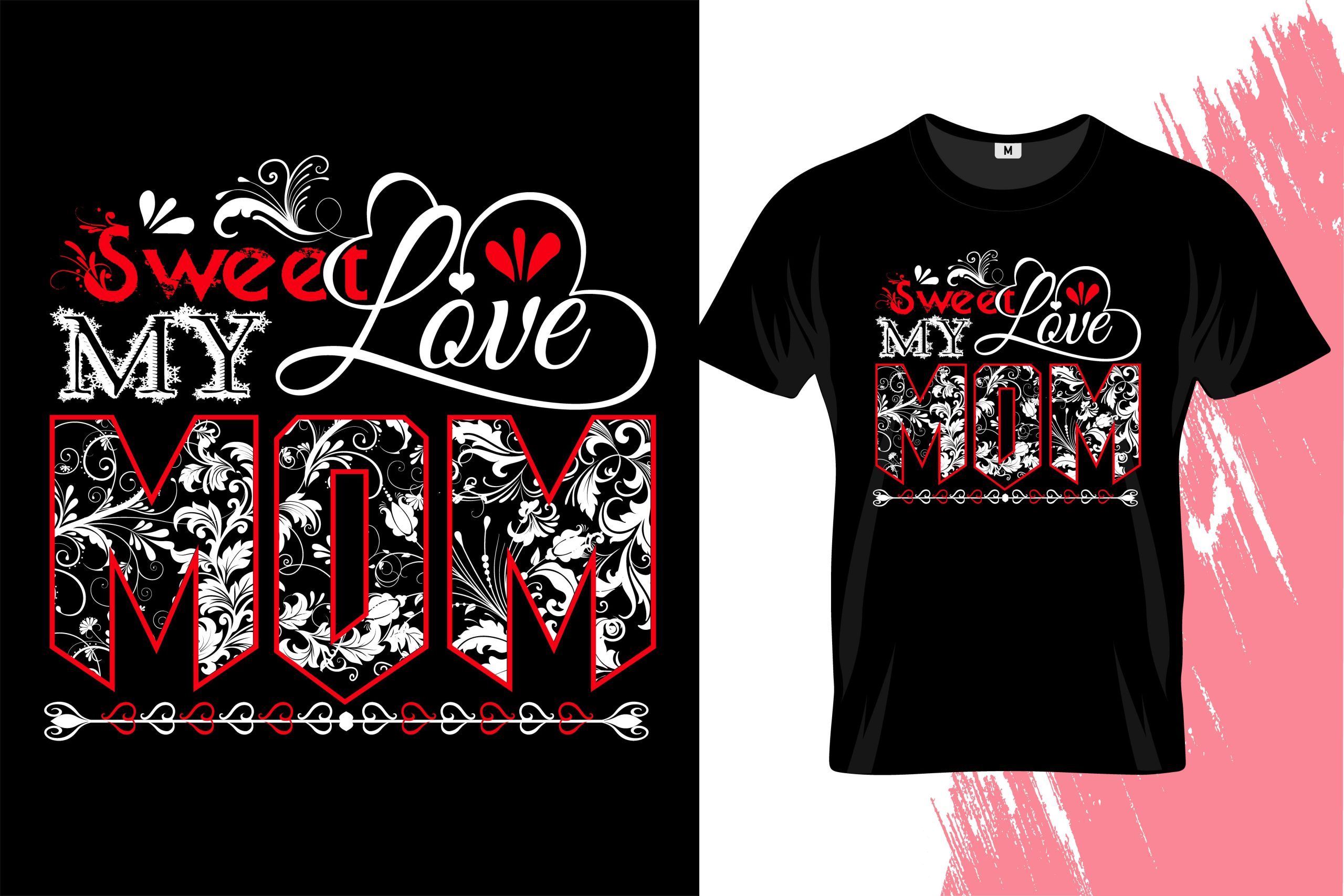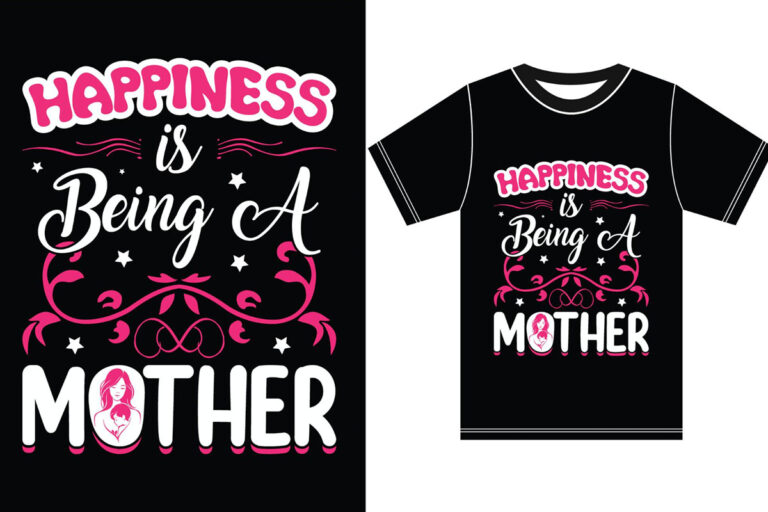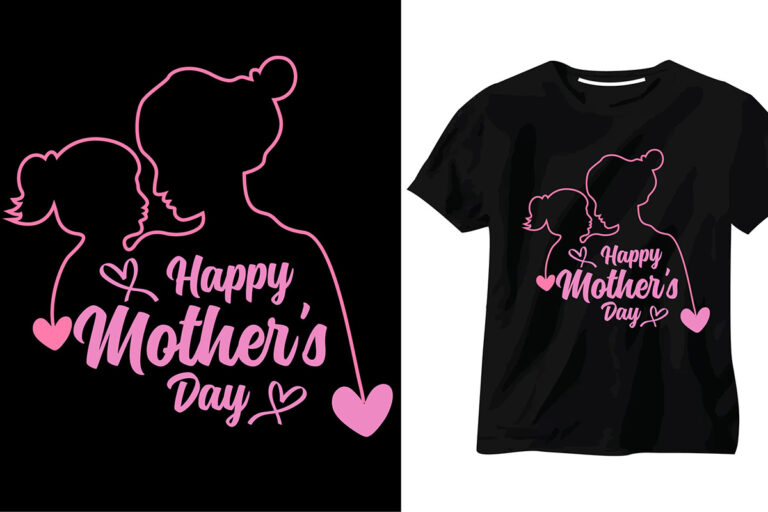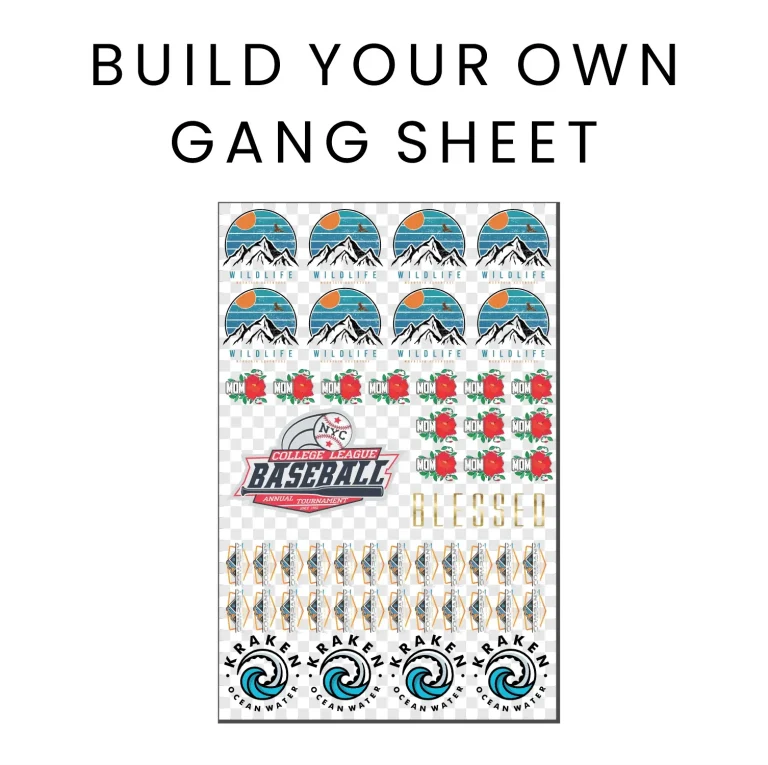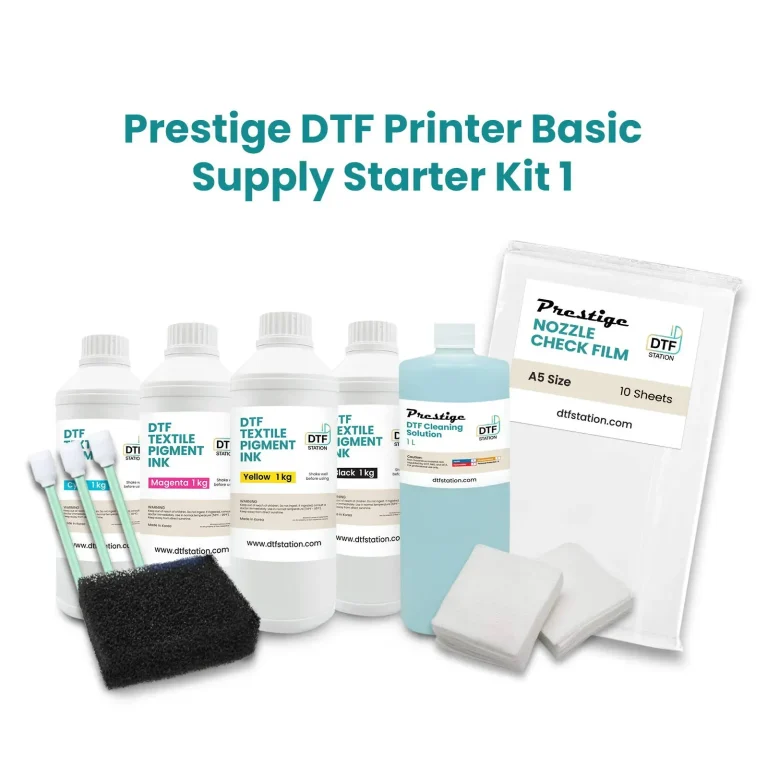DTF transfers have emerged as a groundbreaking method in the world of custom printing, allowing creators to effortlessly bring their visions to life with captivating designs. Unlike traditional methods, the DTF printing process offers unparalleled flexibility, making it perfect for a wide range of fabrics and applications. In this guide, we will explore how to use DTF transfers effectively, ensuring you can apply vibrant and durable prints with ease. With helpful tips on DTF transfer designs and best practices, we aim to inform both beginners and seasoned professionals on maximizing the potential of custom DTF transfers. Get ready to unlock your creativity and elevate your printing game!
Direct-to-Film (DTF) printing techniques have revolutionized the way artists and designers approach garment decoration. This innovative approach allows for seamless application of eye-catching graphics and patterns on various materials, paving the way for personalized apparel. Whether you’re looking to create bespoke items for events or just for personal expression, understanding the nuances of DTF transfers can significantly enhance your output. Through an in-depth exploration of the DTF printing process, we will guide you in crafting striking designs that not only enchant but also endure the test of time. Join us as we delve into alternative methods of fabric printing that promise to invigorate your creative projects!
Understanding the DTF Printing Process
The Direct-to-Film (DTF) printing process is a groundbreaking method in the world of custom apparel printing. Unlike traditional screen printing, DTF utilizes a unique combination of inkjet printing and transfer film, which allows for vibrant colors and intricate designs. The DTF process begins with printing the desired artwork onto a specialized transfer film using eco-solvent inks. This is followed by the application of hot-melt adhesive powder, which bonds the ink to the film. This method not only offers flexibility but also enables the application of designs onto a variety of fabrics, making it a popular choice in the fashion and custom merchandising industries.
One of the key advantages of the DTF printing process is its compatibility with both natural and synthetic fabrics, opening up a world of possibilities for custom designs. Whether you’re working with cotton, polyester, or even blends, DTF transfers adhere well, ensuring that the final product is durable and visually appealing. Moreover, the ability to achieve high-resolution prints without the limits of screen setup costs allows both small businesses and hobbyists to take advantage of this technology, producing intricate designs that truly stand out.
Creating Stunning DTF Transfer Designs
When it comes to crafting stunning DTF transfer designs, creativity is your best ally. Start by conceptualizing your design, ensuring it is visually engaging and aligns with your target audience’s preferences. Using graphic design software, you can easily manipulate images, fonts, and colors to create something unique. Consider the end garment and choose colors that complement the fabric while ensuring your design pops. Remember that DTF transfers excel at reproducing all shades of color, including vivid hues and gradients, making this an ideal medium to unleash your artistic flair.
Once the initial design is created, it’s crucial to review and optimize it for printing. Adjustments such as increasing the DPI to 300, balancing color contrasts, and structuring layers can dramatically enhance the outcome. Additionally, it’s essential to think about placement on the fabric; center designs often catch the eye, but don’t shy away from experimenting with off-center placements or patterns that wrap around the garment. The beauty of DTF transfer designs lies in their versatility, so explore different styles and approaches to find what resonates with you and your intended market.
How to Use DTF Transfers Effectively
Using DTF transfers effectively involves a systematic approach from design conception to application. Start by ensuring your printer is calibrated correctly and that you are using genuine DTF inks for optimal adhesion and color reproducibility. After printing your design on DTF transfer paper, the immediate addition of hot-melt adhesive powder is critical; this step guarantees that the printed image adheres well during heat pressing. Taking care to shake off any excess adhesive is also important, as too much can lead to uneven application during the final transfer.
Once you reach the heat pressing stage, precision is key. Set your heat press to the correct temperature, typically around 320°F, and ensure that you apply even pressure for the recommended duration. Allow the transfer to cool slightly before peeling the film, as this helps the design set properly on the fabric. A post-pressing step can further enhance durability, allowing the colors to adhere firmly to the garment. By following these steps meticulously, you ensure that your DTF transfers not only look great but also withstand the test of time through everyday wear.
Tips for Successful DTF Transfer Printing
Achieving great results with DTF transfer printing requires more than just a solid design; it involves understanding the materials and techniques that contribute to a successful outcome. Firstly, always check fabric compatibility, as DTF transfers work best on smooth, synthetic, or blended materials that allow for better ink penetration and adhesion. Conducting test prints on small fabric swatches can help you gauge how well your designs translate onto the intended garments, as this minimizes errors during the actual production run.
Additionally, maintaining your printing equipment is vital for consistent quality. Frequent cleaning of the print heads and ensuring that your ink levels are sufficient can prevent printing defects and inconsistencies. Regularly update your software and firmware to take advantage of the latest features and fixes, which can influence print quality. Finally, staying abreast of DTF printing trends and community forums can provide helpful insights, tips, and troubleshooting advice from fellow printers, helping you to continuously improve your craft.
Resources for Learning DTF Transfer Techniques
For those looking to deepen their understanding of DTF transfers and improve their skills, a plethora of resources is available online and offline. YouTube is an excellent platform where you can find visual tutorials that guide you through each stage of DTF printing, from designing to applying transfers, with real-time demonstrations enhancing comprehension. Moreover, many professional printers share their secrets and tips in these videos, making it easier for novices to learn the ropes.
In addition to video tutorials, consider exploring blogs and forums dedicated to DTF printing. Websites like Printful and InkSoft offer extensive guides and articles covering not only the DTF transfer process but also troubleshooting common problems and optimizing your printing workflow. Participating in online forums can also connect you with a community of printers who share their experiences and recommendations, providing invaluable support as you navigate the exciting field of custom DTF work.
The Future of Custom Printing with DTF Transfers
As technology advances, the future of custom printing, particularly through DTF transfers, appears promising. This printing method is quickly gaining traction within the apparel industry due to its unique capabilities that cater to both high volume and individual projects. As more businesses discover the ease of use and potential for quality that DTF offers, we can expect to see an increase in businesses and creators utilizing this technology to fulfill consumer demands for personalized and on-demand apparel.
Looking ahead, innovations in DTF technology will likely enhance printing speed and expand the types of materials compatible with transfers. Already, manufacturers are investing in creating eco-friendlier inks that comply with sustainability standards, responding to the growing consumer preference for environmentally conscious products. As DTF transfers evolve, they will not only provide new opportunities for creative expression but also align with the global shift toward sustainable practices in the textile and printing industries.
Frequently Asked Questions
What is the DTF printing process and how can it be used for custom designs?
The DTF printing process involves printing a design onto a special DTF transfer paper using DTF inks. This process allows for vibrant, high-quality prints that can be applied to various fabrics. The design is printed, an adhesive powder is applied, and then heat is used to transfer the design onto the garment, making it perfect for custom designs.
How do I properly apply DTF transfers to fabrics?
To apply DTF transfers, start by ensuring the fabric is clean and preheated. Place the DTF transfer face down on the fabric and use a heat press set to approximately 320°F for about 15 seconds. After pressing, allow it to cool before peeling off the transfer film. This ensures the design adheres properly to the fabric.
Can I create my own DTF transfer designs?
Yes! You can create your own DTF transfer designs using graphic design software like Adobe Illustrator or Photoshop. Make sure your designs are high-resolution and vibrant, as DTF transfers are ideal for bright, bold colors that stand out on the fabric.
What materials work best for DTF transfers?
DTF transfers work best on cotton and polyester blends, although they can be applied to a variety of fabrics. Testing different materials can help you find the best option that showcases the vibrant colors of your DTF transfer designs.
What are the maintenance tips for DTF printed garments?
To maintain DTF printed garments, wash them inside out in cold water after 24 hours of application. Additionally, it is advisable to avoid using bleach and to air dry or tumble dry on a low setting to preserve the durability and vibrancy of the DTF transfers.
Is there a learning curve for using DTF transfers?
While there is a small learning curve associated with using DTF transfers, the process is straightforward. Familiarizing yourself with the DTF printing process and practicing with different designs can help you quickly become proficient and produce stunning results.
| Step | Description |
|---|---|
| 1. Design Creation | Create original high-resolution designs, utilizing vibrant colors and considering fabric types for optimal results. |
| 2. Printing the Design | Print on DTF transfer paper using appropriate DTF printers and inks; adjust printer settings accordingly. |
| 3. Applying Adhesive Powder | Sprinkle adhesive powder over wet ink and cure using a heat press as per guidelines. |
| 4. Heat Pressing onto Garment | Heat press at 320°F for 15 seconds, then peel off the transfer film gently after cooling. |
| 5. Post-Application | Conduct a final heat press and wash the garment inside out in cold water after 24 hours. |
Summary
DTF transfers have transformed the way custom designs are created, making it easy to produce elaborate and durable prints on various fabrics. By following the outlined steps, you can effectively utilize DTF technology to express your creative ideas. The combination of high-resolution designs, proper printing techniques, and careful application ensures that your prints will be vibrant and long-lasting. With continued practice and exploration of materials, the potential for innovative and stunning designs with DTF transfers is virtually limitless.

